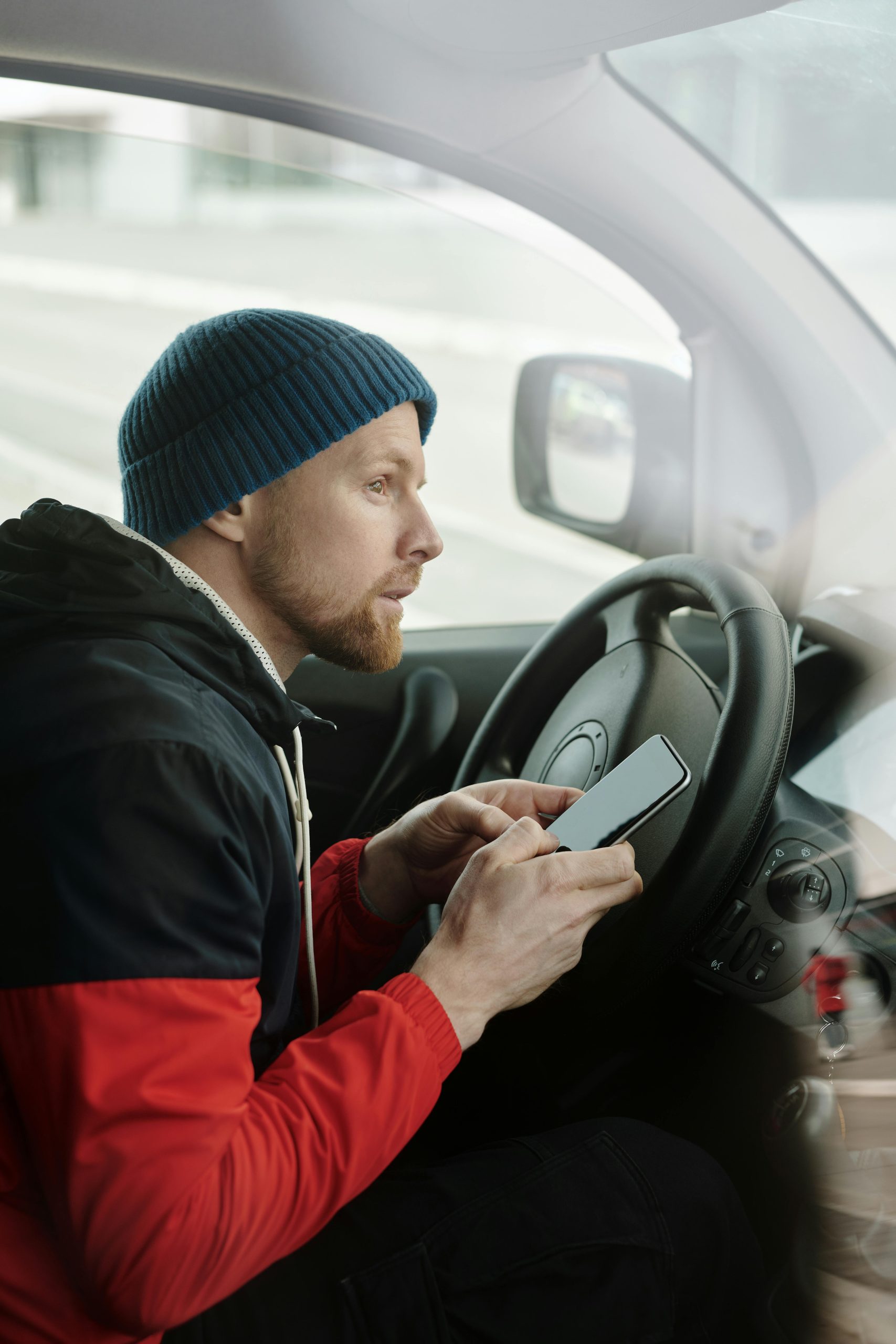Understanding Post-Accident Vehicle Repair Challenges: Navigating Liability and Vehicle Damage
Dealing with Vehicle Repair and Insurance Disputes After a Rear-End Collision
Experiencing a rear-end collision can be unsettling, especially when subsequent issues arise after repairs. Recently, a vehicle owner faced a situation where, after an accident and subsequent repairs covered by insurance, the vehicle refused to start, raising concerns about fault and responsibility.
Case Overview:
A vehicle was rear-ended by another driver, with liability accepted by the at-fault party’s insurance company. The insurance designated a recommended repair shop to fix minor damages, primarily targeting the rear bumper and backup camera components. The owner delivered the vehicle in sound condition, with no starting issues reported until after repairs were completed.
Unexpected developments:
Despite the shop confirming the vehicle was ready for pickup, the owner was informed upon arrival that the car no longer starts. The repair shop attributed the problem to an electrical wiring issue but denied responsibility, advising that the owner must tow the vehicle at their own expense for further diagnostics and repairs.
Key Concerns:
– The vehicle operated flawlessly before repairs.
– The only issue addressed initially was the backup camera.
– Post-repair, the vehicle’s electrical system appears compromised.
– The insurance company has declined further liability, leaving the owner to shoulder towing and repair costs.
Implications for Vehicle Owners:
This scenario highlights the importance of understanding your rights and options following vehicle repairs after an accident. When unexpected damage occurs post-repair, especially issues not present beforehand, it’s crucial to document the vehicle’s condition, communicate clearly with both mechanics and insurers, and consider seeking legal or professional advice if disputes over responsibility arise.
Next Steps:
– Obtain a detailed diagnostic assessment from a trusted, independent mechanic.
– Review the repair shop’s warranty or liability policies.
– Contact your insurance provider to clarify coverage for additional damages or damages caused during repairs.
– If necessary, consult a legal professional specializing in automotive claims to evaluate potential avenues for compensation or dispute resolution.
Final Thoughts:
Navigating the aftermath of a collision can be complex, particularly when damages appear post-repair. Acting promptly, maintaining thorough documentation, and understanding your legal rights can help ensure you’re not unfairly burdened with unexpected expenses or repairs caused by others’ mistakes.
Have you experienced similar challenges after vehicle repairs? Share your insights and tips below to help others handle such situations effectively.



